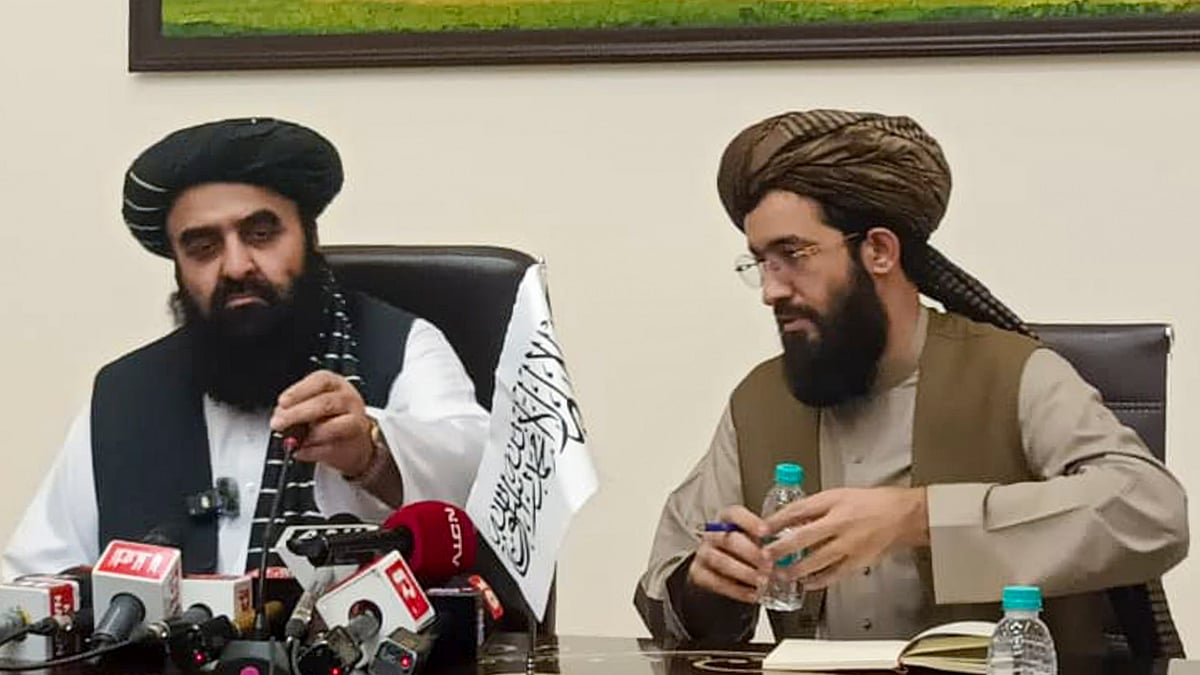Hindu gods were buried beneath the ruins of an earlier temple where Gyanvapi was built, according to an ASI study report.
Gyanvapi built on remains of pre-existing temple, Hindu deities buried underneath: ASI survey report

The Archaeological Survey of India (ASI) has released a scientific survey report on the Gyanvapi mosque, saying that there was a Hindu temple at the site of Gyanvapi before the construction of the mosque.
According to the report, the pre-existing structure was demolished in the 17th century during the rule of the Mughal emperor Aurangzeb and sculptures of Hindu deities were found buried underneath.
Hindu side Vishnu Shankar Jain said on Thursday the survey report suggests that the mosque was built on remains of a pre-existing temple. Jain told reporters that copies of the survey report consisting of 839 pages were made available to the parties concerned by the court late Thursday evening.
The survey report makes it clear that the mosque was built on remains of a pre-existing temple by demolishing it in the past, said Hindu side Vishnu Shankar Jain. He also claimed that the survey report has sufficient evidence of existence of a temple over which the mosque was built.
“The pre-existing structure appears to have been destroyed in the 17th century, during the reign of Aurangzeb, and part of it was modified and reused in the existing structure. Based on scientific studies/ survey carried out, study of architectural remains, exposed features and artefacts, inscriptions, art and sculptures, it can be said that there existed a Hindu temple prior to the construction of the existing structure,” reported Bar & Bench quoting survey report.
A total of 11 people, including from both the Hindu and the Muslim sides, earlier in the day applied in the court to get the ASI survey report on the Gyanvapi complex adjoining the Kashi Vishwanath temple.
With inputs from PTI.






















